Since the attack by bandits in Kenscoff in January 2025, farmers can no longer go to their fields, according to around ten of them interviewed by AyiboPost
In Kenscoff, gangs are forcing farmers to flee their land, disrupting the capital’s food supply and causing a rise in the prices of market garden products.
Mimose, Madan Sara, has been selling her fresh vegetables at the Tête de l’Eau market, in Pétion-Ville, since 2021.
After the gang attack in January in Kenscoff, this trader sees her sources of supply for watercress, leeks and cabbage dwindling.
Before, the Madan Sara – these wholesalers facilitating the delivery of products from producer to consumer – got their supplies from places like Bongars, Cadenette, Belot, Bois Major or Barrette.
These activities are slowing down for the moment, explains Mimose.
“Only small quantities of leek, lettuce, carrot and cabbage reach us occasionally. And when they arrive, the merchants immediately grab them,” she explains.
Much of Mimose’s merchandise comes from Furcy, but recent gang advances are making it more difficult to get them to the city center.
Same thing for the Seguin area, attacked at the level of Morne Ka Jak in early March. Mimose stocked up on parsley and leeks there.
Often, she bought up to 100,000 gourdes of agricultural products – watercress, cabbage, carrots, lettuce, tender peas, potatoes – which she sold the same day.
She also sold up to 70 bags of watercress daily.
“Now, we only manage to obtain around twenty bags, since we can no longer access the usual areas,” explains the wholesaler Mimose, forced to revise its expenses downwards, due to lack of customers and due to the increase in transport costs.
From Bongars to the Tête de l’Eau market, the transport of goods by motorbike increased from 100 to 250 gourdes, similar to the Furcy journey.
This state of affairs will get worse.
Now we only manage to get around twenty bags, since we can no longer access the usual areas
-Mimosas
Since the bandits’ attack in Kenscoff in January 2025, farmers can no longer go to their fields, according to around ten of them interviewed by AyiboPost.
Read more: Kenscoff attacked: poignant stories from witnesses who experienced the horror
Sowing activities for the spring campaign are compromised due to the presence of gangs in localities with high agricultural potential such as Viard, Sourçailles, Bongars, Nouvelle Touraine, Godet or Belot.
The commune of Kenscoff is considered the main source of market gardening for Port-au-Prince and its surroundings.
The mountain climate 24 km from the capital makes this town a suitable place for growing food crops and vegetables such as beets, carrots, cabbage, potatoes, lettuce and onions.
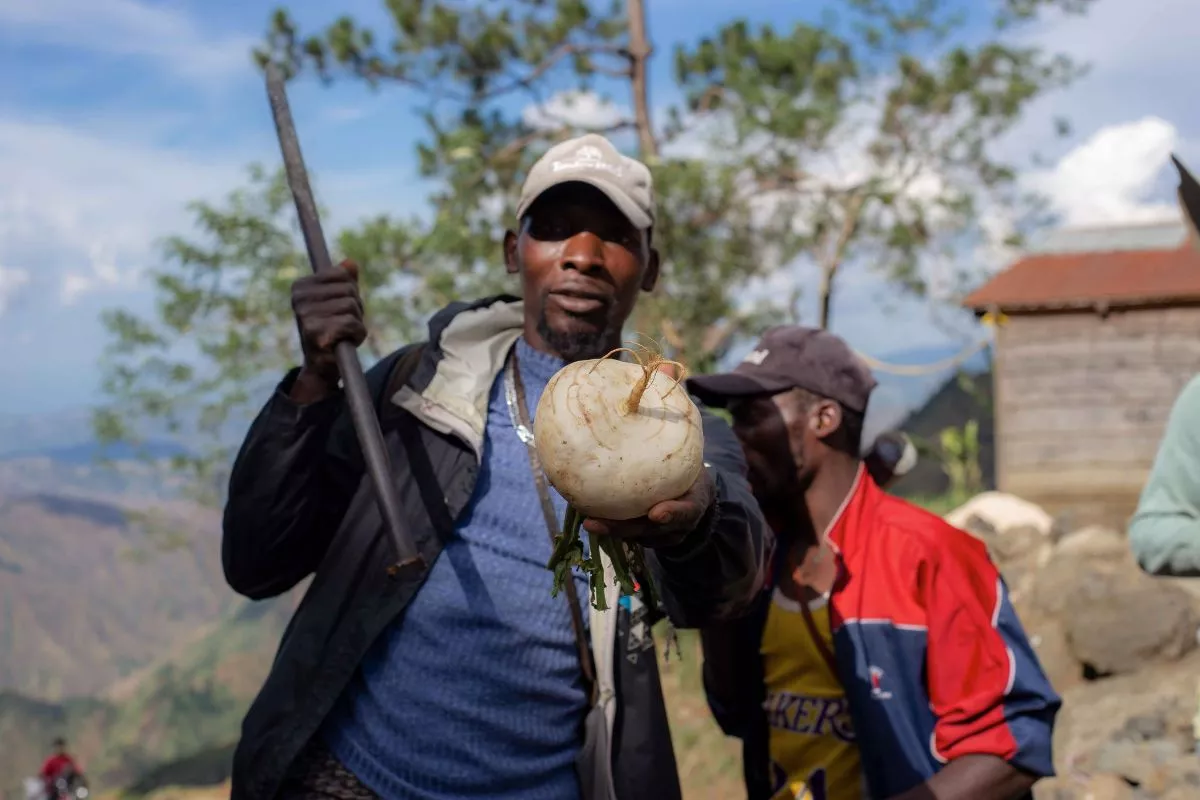
A farmer shows a beet from his field, on the road to Séguin. Photo: Jean Feguens Regala for AyiboPost
No recent study provides figures on the annual production of Kenscoff, called the green belt of Port-au-Prince. But in 1994, the Natural Resources Institute and CARE International estimated that the Kenscoff and Séguin areas together produced about 36,000 tons of vegetables per year.
In Carrefour Bête, his native town, and in Furcy, farmer Michelet Valcourt cultivates five squares of land with cabbage, corn, Congo peas and peppers.
“At the time of the attacks, we were in the middle of the sowing period. I had plowed most of my plots and bought seeds,” explains this father of two.
At Carrefour Bête, he already had leek seeds and pepper nurseries, valued at 90,000 gourdes. Its plots located in Furcy, still accessible, are planted with beans for an amount estimated at 200,000 gourdes.
For his part, farmer Lherisse Vernelus, originally from Carrefour Bête, fled this locality following the attacks in January which cost the lives of fifteen members of his family.
The thirty-year-old usually cultivated a plot of lettuce, leek, watercress and potatoes intended for the Ravin Dlo and Pétion-Ville markets.
He spent around 70,000 gourdes at the start of the year to prepare his nurseries. Money wasted.
“I lost my nurseries and seven bags of potato plants,” says Vernelus.
Usually, Vernelus says he invests 200,000 gourdes for profits of up to 75,000 gourdes.
A little more than the farmer Patrick Jean Jacques. The latter had invested 122,000 gourdes in a plot planted with potatoes, but he can no longer harvest his garden.
For his part, Jean Jacques cultivated his half-square of land with leeks, carrots, turnips, lettuce and spinach in the localities of Obléon and Viard.
“I have leeks ready to be sold at the market, but I am afraid to go to the garden,” declares Jean Jacques, indicating that during a good sale, his initial investment can bring him four times more.
An entire industry collapsed with the occupation of the area by bandits.
I lost my nurseries and seven bags of potato plants.
-Vernelus.
The company J.C AGRI-CONSULT AGENCY PLUS, located on the road from Belot to Kenscoff, has existed for six years. She works with around a hundred farmers in plant and animal production.
Its manager, who requests anonymity, is outraged at the loss of his three plots of land planted with potatoes, bananas, cabbage and leeks.
“We also had an agricultural shop on site, containing seeds and a range of agricultural inputs, which were completely looted,” he laments.
Families rely on these productions to survive.
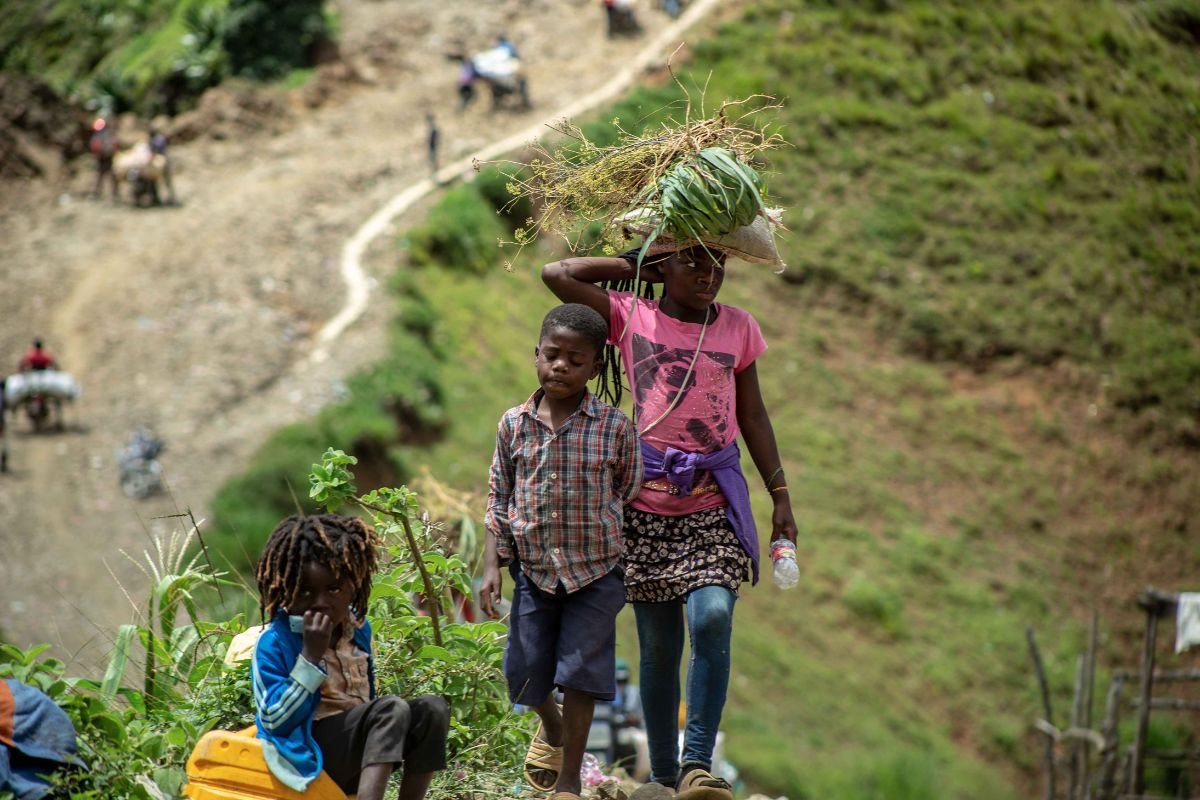
Children carrying agricultural produce, such as leeks, balanced on their heads. Photo: Jean Feguens Regala for AyiboPost
Genèse Dorismé, for example, has been producing and marketing market garden products for thirty years in the town of Godet.
Gang attacks in January paralyzed the activities of this mother of three children.
“I practically lost an entire production of leeks, ready to be harvested,” relates this 58-year-old lady, forced to take refuge with a relative in Thomassin.
Some farmers have been harvesting food for their subsistence since the start of the spring season, which runs from March to August.
However, the bandits invaded the area, killing more than a hundred people and burning more than 870 houses, according to civil protection data. They also took away the peasants’ property.
“The bandits stole many heads of livestock (oxen, goats, pigs, etc.), as well as the farmers’ harvest to resell it in the commune of Carrefour,” reveals Emmanuel Pierre, administrator of the Kenscoff town hall.
The thugs also looted several potato, leek and carrot plantations, reveal farmers interviewed by AyiboPost.
According to the municipal official, the criminals would have built a road linking the Clémenceau district, located in the locality of Procy, to Carrefour, a neighboring town under the control of the “Ti Bwa” and “Gran Ravin” gangs, in order to sell the stolen products.
Farmers arriving to harvest their plantations in certain areas cannot find a market to sell their products.
“Although the crops are ready, they are of no importance, because there is no market in Kenscoff,” laments Kenscovite farmer Patrick Jean Jacques.
In other cases, insecurity and the cost of travel drive up the price of vegetables purchased from farmers.
A bag of watercress varied between 1,250 and 2,000 gourdes. Now, it takes between 2,500 and 4,000 gourdes to buy it.
“We are forced to resell it for up to 4,500 gourdes. And in the event of a bad sale, 1,500 gourdes [so as not to lose the perishable product],” confides the Kenscovite trader, Mimose.
A dozen heads of cabbage sell for between 600 and 3,500 gourdes, while a bag of potatoes sells for between 2,500 and 3,000 gourdes.
At the market, a head of cabbage worth 50 gourdes can now cost up to 500 gourdes, explains Mimose.
Despite the insecurity and the cost of products, some retailers continue to obtain their supplies from Kenscoff, at the cost of many sacrifices.
This is the case of Monique, a vegetable seller based in Turgeau, who refuses to abandon her business.
“To have a small chance of finding merchandise, I have to leave very early, even before daybreak,” confides this lady, indicating that the journey becomes more risky as the days go by.
Bandits have increased their attacks on Kenscoff since the January attacks by the “Krisla” gangs operating in “Ti Bwa” to control the road in this area.
On April 20, bandits attacked a patrol of soldiers from the Armed Forces of Haiti (FADH), killing three soldiers.
Two days earlier, an attack occurred after a major advance by gangs at Carrefour Maroka “five minutes from downtown Kenscoff”, specifies the municipal administrator, Emmanuel Pierre.
However, resistance remains weak and insufficient despite police operations since April 19.
To have a small chance of finding merchandise, I have to leave very early, even before daybreak.
-Monique
On a humanitarian level, “more than 15,000 people are currently displaced, a figure which tends to increase”, according to Patrick St Hilaire, civil protection coordinator at Kenscoff.
These people come from the localities of Belot, Bongars, Obléon, Viard, Godet, Sourçailles and are distributed between several accommodation sites, including the National School of Furcy, the Jean Paul II School, the Arche de l’Alliance School, as well as the Kenscoff town hall.
By : Jérôme Wendy Norestyl & Lucnise Duquereste
Cover | A woman carrying a bag of agricultural products from Kenscoff to the market. Photo: Jean Feguens Regala for AyiboPost.
► AyiboPost is dedicated to providing accurate information. If you notice any mistake or error, please inform us at the following address : hey@ayibopost.com
Keep in touch with AyiboPost via:
► Our channel Telegram : Click here
►Notre Channel WhatsApp : Click here
►Our Community WhatsApp : Click here

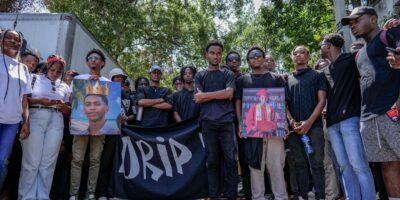
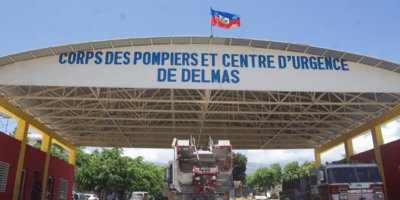
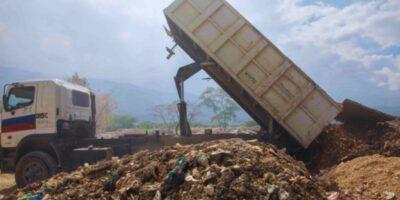
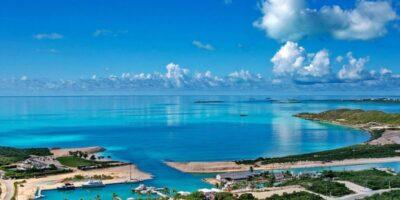
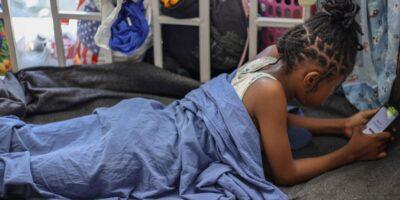

Comments